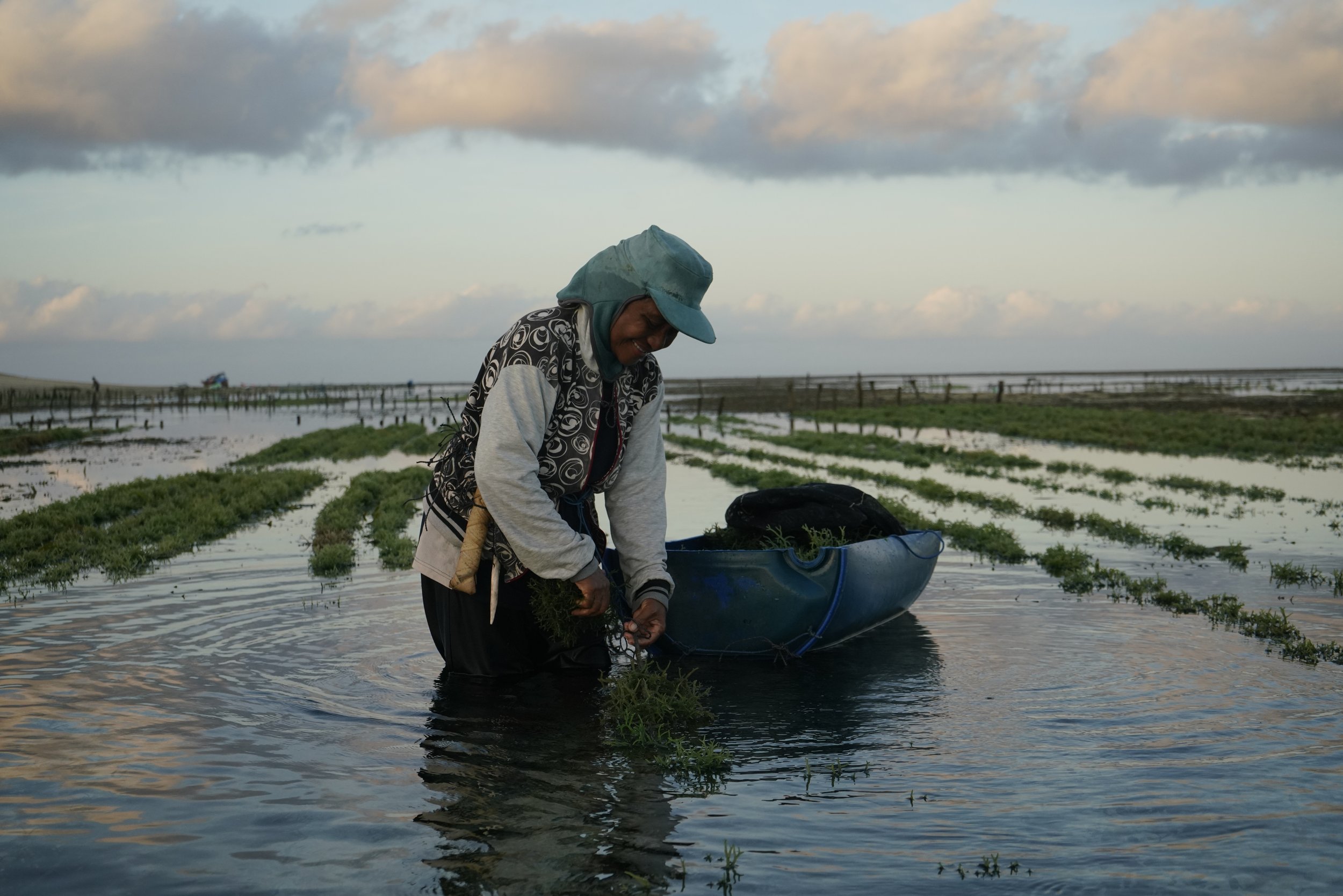The utilization of seaweed is one of the rising topics in the aquaculture space these days.
It sparks interest in investors, producers, and several industries which could benefit from seaweed farming. Seaweed products have numerous applications like human consumption, animal feed, pharmaceutical applications just to name a few. Many sectors could make use of an innovative, predictable, and sustainably growing global seaweed farming industry.
To support the seaweed business, data can be used on several levels of the value chain. The analysis of production, trade, consumption, and environmental data can help the industry become more profitable, sustainable, innovative, and desirable for investors.
Seaweed production is a relatively focused sector, where only a small number of species / species groups make up the majority of quantities.
The Saccharina, Eucheumatoids, Gracilaria, Pyropia, and Undaria species combined give roughly 95% of the global macroalgae production based on 2020 figures. This ratio gradually increased over the past 2 decades. Back in 2000 or 2010 the contribution of other species was substantially higher than only 5% in production volume.
In 2022 Q3-Q4, Hatch conducted a thorough field level study and interview series in East and South-East Asia. The scope was the above mentioned 5 species and their main producer countries in the region.
The detailed findings of the study can be found on www.seaweedinsights.com, a website created to serve as a center of insights into seaweed cultivation.
The locations of the HIS seaweed study were selected based on the fact that East and South-East Asia produce close to 99% of the world’s macroalgae when it comes to aquaculture produced volumes. The 2 most dominant producer countries are China and Indonesia with around 19.4 and 9.5 million tonnes (wet weight) produced in the year 2020. South-Korea and the Philippines follow with already significantly lower output quantities.

China has been for long the biggest producer of cultivated seaweed, whereas Indonesia experienced a sharp increase only in the past 15 years mainly attributed to its production of Eucheumatoids. Within this short timeframe Indonesia managed to become the 2nd largest seaweed producer and the biggest for Eucheumatoids.
Beside the 4 main producers mentioned earlier, the rest of the world’s production is still mainly the contribution of other Asian countries. North-Korea, Japan, and Malaysia are next in line based purely on output volumes.
The overall picture suggest that some of the biggest producers could grow even more in recent years. Although production in the rest of the world based on the volumes data seems only slowly increasing or stagnant, the seaweed sector in new geographies such as Northern Europe or North America is developing with high ambitions.
Where will future supply of seaweed biomass come from? Which novel markets present the highest potential for seaweed based products and applications? Which part of the seaweed sector is experiencing highest growth?
We support clients on demand, supply and future outlook of seaweed markets to help them answer all their questions.
Data is only as valuable as the insights you can infer from it. If you are interested in making aquaculture data work for your business, get in touch with us.
We have offices in Hawaii, Norway and Singapore and are available for projects worldwide.

